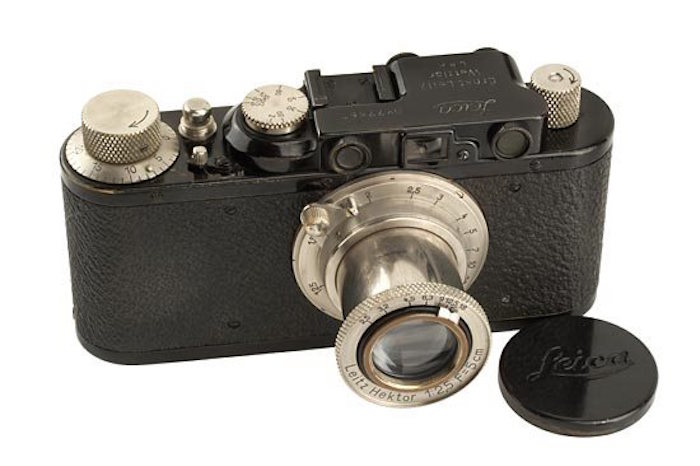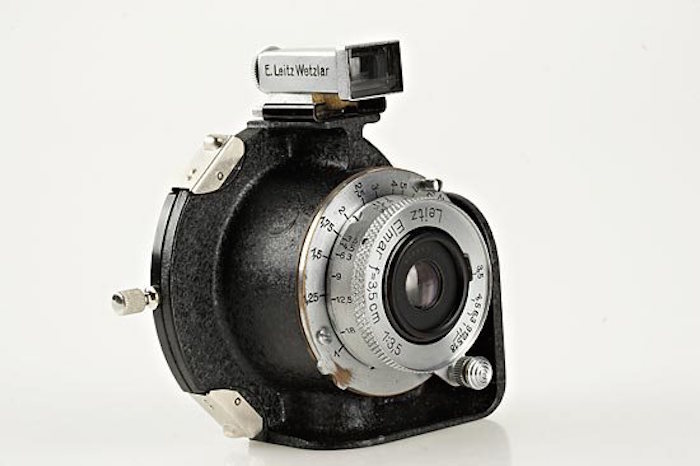I searched this city up and down for film cameras and film photography equipment. I put that knowledge into this film camera buying guide, detailing and ranking all the places with a steady...
Read MoreFilm
Rollei AFM 35: the Good, the Bad, and the Klasse.
Unless you are an avid point and shoot film camera collector, it's likely you have never heard of the Rollei AFM 35. First of all its a marvelous little camera, but the misconception that it lacks...
Read MoreFuji Superia 1600 Rolei 35 S Cameraville
Shooting the Fuji Superia 1600 35mm Film - A First Roll Review
Fuji Superia 1600 is potentially the perfect film for most any casual situation, from sunlit outdoors to dim indoor interiors it provides a very fine grain structure for its class maintaining rich color saturation in low…
Read MoreAfghan Girl & the Nikon FM2

One of the most well-known photos of our time is that of the 'Afghan Girl'. Taken by photographer Steve McCurry while on assignment for National Geographic in Pakistan in 1984. McCurry captured the…
Read MoreTop 100 Strangest Cameras from Around the World Part 1

Cameras can come in all shapes and sizes. The rules that define a functioning camera allow for endless design possibilities. It's no secret that (like many other things) the 1980's were an...
Read More5 Absurdly Luxurious Special Edition Leica Cameras

If Leica wasn't already the pinnacle of luxury digital and film cameras, here's a set of special edition Leica cameras that will leave you checking the blue book value on your car. Enjoy!
Read MoreEarliest Known Images of People Smiling

The following is a collection of some of the earliest known images of people smiling, starting with a pair of soldiers in the Mexican American War in 1847, up to a group of soldiers near the end of the Civil War.
Read MoreGoing Analog, Full 35mm Photography Kit Under $50
There's much to be debated when asking "Is film dead?" In my opinion it could best be summarized by saying, "Film is not dead, it's just not a necessity." Though some film purists would disagree.
Read More18 Most Expensive Photographs Ever Sold
Here is a list of the 18 most expensive photographs ever sold, this collection features works created from the mid 1800s to 2014….
Read MoreLeica's Early Years, "Little Negatives Big Pictures"
Leica, 1920's Germany
Just as films were getting better, making bigger enlargements possible, the Leica camera changed the world. Then, as now, the Leica was made to the highest mechanical standards, all designed to help a photographer take the highest quality photographs in the easiest, least obtrusive way.
Its inventor, Oskar Barnack, developed prototypes as early as 1913, and in 1925, Ernst Leitz introduced the 35mm Leica A, known as the Leica 1 Model A in the United States. In 1935, each of its new interchangeable lenses-both a 35mm wide-angle and 135mm telephoto - turned Leic into a different instrument. "Little Negatives, big pictures," was Barnack's motto.
Here are some of Leica's earliest models that were the trendsetters of the early camera industry.
Leica 1 Model A, 1925
Focal Plane Shutter: 1/25 - 1/500 Lens: Non Collapsible 50mm f/3.5 Price in 1925: $114
Leica 1 Model B, 1930
Rim-Set Compur Leaf Shutter: 1/1 - 1/300
Leica II Model D, 1932
Built in Coupled Rangefinder Built in Yellow Filter Optional: Remote Film Advance/Shutter Release Price in 1932: $56
Leica Single Exposure, 1936
Designed for Film Testing Tiny View Camera Price in 1936: "OLIGO" Model $31.50, "OLORA" Model $12.75
Part of Leica's appeal came from the very idea of the "candid camera." Erich Salomon (1886 - 1944) first used a handheld model, the Ermanox, to photograph German high society as Hitler was gaining power.
Before long Alfred Eisenstadt and Henri Cartier-Bresson were using Leicas to make pictures of scenes such as V-J Day kisses in Times Square and street life in paris. The cumbersome Speed Graphic with its powerful flash was still an awesome weapon for news photographers covering Hollywood openings and shooting crime scenes. But the Leica ratified the 35mm format.
In the 1960s, German, American, and especially Japanese camera companies gradually substituted the single-lens reflex format for the rangefinder system.
Production was streamlined and camera prices lowered. By marketing their cameras to affluent amateurs, companies such as Nikon, Canon, Olympus, Asahi Pentax, and Minolta grew the business. Meanwhile films, newspapers, lenses, and processes all improved - each significant innovation serving as a "force multiplier" to drive camera sales, spur film and print consumption, and propel a growth curve that implied permanent prosperity. . .
Text from Gustavson, Todd. "Camera". New York: Fall River Press, 2009
14 Amazing Portraits of History's Most Influential Women

Winnie the Welder (some call her Wendy the Welder), the moniker given to some 2,000 women who worked in the shipyard building war ships and subs.
Read MoreA Brief Guide to Finding & Buying Tintype Photographs
Where to buy tintype photographs is not always easy, but it can be with a few bits of insight. First lets see what's so fascinating about tintypes in the first place.
Read More









